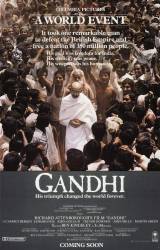
Question: What reason did the British general give for having opened fire on the unarmed crowd?
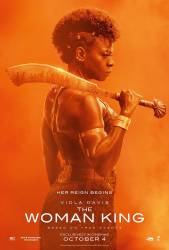
Question: When the other tribe comes in to get their tribute, the camera is on the horses' riders and pans to the right and around and the top of a vehicle of some sort is visible driving behind the standing soldiers. I have rerun this scene several time and looks like the top of a gas or electric vehicle, not a wagon. Does anyone else see this?
Answer: I saw it too! It's at 38:40. Definitely an overlooked editing error.
Answer: It took me all this time (January 22, 2024) to catch it, but that's what brought me here! Great catch! I told my grandson watching with me that it looked like a motorized wheelchair!
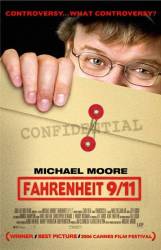
Question: I would like to know why Michael Moore named this film Fahrenheit 9/11. I know that the 9/11 is about the twin towers terrorist attack, but I can't get the Fahrenheit part. Could someone please explain?
Answer: It's a reference to the book Fahrenheit 451 by Ray Bradbury, which deals with a totalitarian society where people are not encouraged to think for themselves, question the government and so forth. One of the features of this society is that all books are burnt (hence the title - apparently the temperature at which paper will ignite).
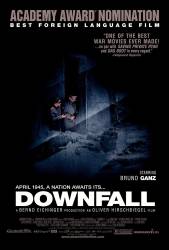
Question: Why is this movie parodied online?
Answer: The "Hitler in the bunker" scene is iconic for historical reasons, being something most people understand the significance of. Being subtitled in the film means it's very easy for people to keep the original excellent acting while simply replacing the words onscreen to change the context entirely. It also ends up being a bit self-reinforcing, once people get wind of it as a "template", they then start getting their own ideas. And there's the arguable "Streisand Effect", when the film company issued a wave of copyright takedowns in 2010, a lot of people "retaliated" by making and uploading even more.
Answer: Presumably, due to its popularity.

Question: I was wondering whether the evidence that Adrian Brody gathered was true, or if it's artistic license. It seems that if it were true, there should have been a further inquiry into George Reeve's death.
Answer: Here is a good link that will help separate fact from fiction. http://www.crimelibrary.com/notorious_murders/celebrity/george_reeves/1_index.html.
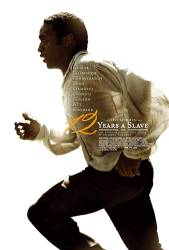
Question: In one of the very first scenes set in one of the plantation slave huts, Solomon is struggling to sleep. He is sleeping on the floor squashed amongst many other slaves. During this scene, what looks like a white youngish woman encourages him to touch her. A little earlier we see her sitting on the porch of the slave hut eating alone whilst the slaves are eating. As far as I could tell, she doesn't appear again in the film. Who is she? Does she play a greater role in the book? Was there more of a story here that ended up on the cutting room floor?
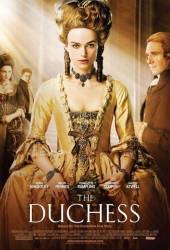
Question: When the Duke says that he "cannot" ask Lady Bess to leave his home (after the Duchess discovers their affair), does he simply not want to or is there some reason that he feels he cannot?
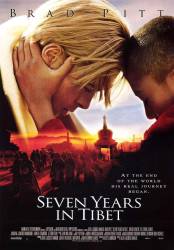
Question: Is David Thewlis still banned from entering the China for his role in this movie? I know that Brad Pitt's ban was lifted in 2014, but was Thewlis' ban lifted too?
Answer: Brad Pitt's ban was lifted in 2014, but David Thewlis is still banned from entering China to this day.
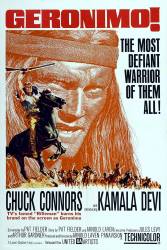
Question: When the jug was hit, how did the bullet not hit the horse behind it?
Answer: In reality, the bullet probably would have hit the horse, injuring it. Movies tend to gloss over details like that to serve and simplify the plot. Older movies particularly fudged reality, assuming audiences would not notice or care. It is also possible that the bullet was somehow deflected or broke up upon impact.
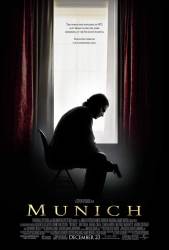
Question: Is this the last movie to be shot, edited and finished on film?
Answer: It's a bit difficult to find out this sort of information as not all films released disclose what they use to edit on. Michael Kahn is perhaps the most famous editor around to edit on flatbed machines and switched to digital editing for time constraints. Many film schools still teach and use flatbed editing so you may still see short films edited on film, just not feature length movies for a variety of reasons.
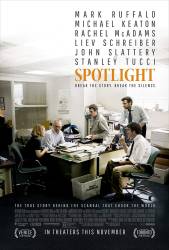
Question: Why isn't Baron's name on the guest list for the Catholic Charities party? They must have invited him since he looks rather surprised his name isn't there.
Answer: Cardinal Law may have disinvited him out of suspicion. Or maybe just a clerical error.
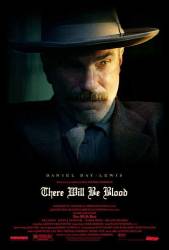
Question: What kind of accent does Daniel Day-Lewis speak with?
Chosen answer: Daniel Day-Lewis based his voice for and characterization of Daniel Plainview in part on old recordings of the director, writer, and actor John Huston. An article by Christopher Goodwin in the Sunday Times (of London) revealed Paul Thomas Anderson sent Day-Lewis documentaries about Huston while Day-Lewis was preparing to play the role.
Just watched it. Sounds exactly like Huston in Chinatown.
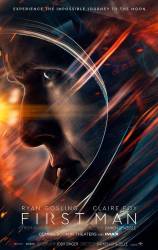
Question: A lot of fuss was made over the omission of the lunar flag planting in this movie. However, when I saw the movie in the theater, I distinctly remember seeing the flag on the moon, just not the actual planting. However, that particular shot seems to be missing in the home video release. Does anyone know the reason for this?
Answer: The home release includes a clear shot of the lunar lander with the American flag next to it.
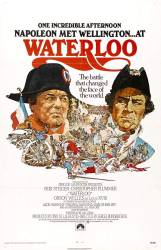
Question: When marshal Ney and his troops encounter Napoleon, he tells them if they want to kill their emperor, there he is, but instead of killing him, they defect to him despite being ordered to fire. Is this a work of fiction, or did it happen in real life?
Answer: This is decidedly fiction. The historical Ney already published a boastful proclamation (that Napoleon later said disgusted him), declaring the rule of the Bourbons to be over, before he met with Napoleon (March 15). The scene where Napoleon offered himself to be shot had happened several days earlier, with the 5th regiment of the line, before Napoleon even reached Grenoble. It's an entirely different event from Ney's defection.
Answer: I think the film's dramatisation of this particular incident, when the French army defected from the restored Bourbon royal family back to the Emperor Napoleon might owe something to the painting NAPOLEON RETURNED painted in 1818 by Charles Steuben (also called Charles De Steuben and Karl Steuben) a German who became a nationalised (and patriotic) Frenchman https://commons.wikimedia.org/wiki/File:Napoleon_returned.jpg.
Answer: Yes, that is pretty much what happened, so long as we allow for translation convention. (Napoleon and his armies spoke 19 century French, while the actors in the 1970 film speak 20 century English). After Napoleon's first abdication Marshall Ney submitted to the returning Bourbon monarch, Louis XVIII. When Napoleon returned to France, Marshall Ney was given command of an army to apprehend Napoleon The Emperor Napoleon with a small group of imperial guardsmen confronted Marshall Ney with a massively larger and better-equipped army. Many people expected a bloodbath. Instead, Napoleon waked out in front of his guard, confronted the French army and called out that if any soldier wished to shoot him, this would be the best chance they would ever have! The army simultaneously rushed to greet their emperor, Marshall Ney followed and submitted to Napoleon. This bit of the film is as historically accurate as can reasonably be expected and shows how Napoleon could electrify an army.
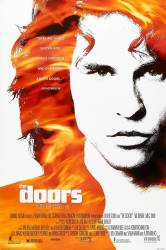

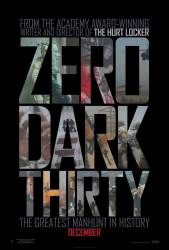
Answer: Brigadier-General Reginald Dyer has said his intent "was not to disperse the meeting but to punish the Indians for disobedience." Earlier that day, Dyer has banned all meetings to avoid any insurrection, but many still gathered to celebrate and protest. Dyer saw it as defiance of his order and thought it could be another mob insurgent he had seen earlier. Some reports also state while the crowd was "unarmed", that only referred to being unarmed with firearms and many in the crowd did have other types of weapons. It also seems at the time it was standard practice for the British Army to use necessary lethal force for civilian crowd control, although many saw Dyer's action to be in excess.
Bishop73